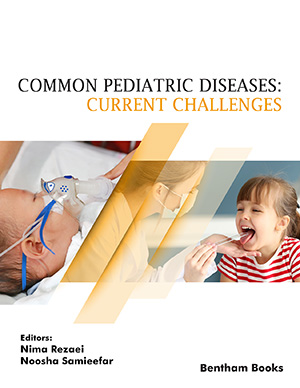Abstract
A genetic etiology is determined in more than 30% of all diagnosed cases of
epilepsy with onset at the pediatric age. About 210 single disease-causing genes and
400 chromosomal imbalances are associated with epilepsy, and a presumed pathogenic
role has been suggested for about 7000 different genes.
Genetic epilepsies can be divided, according to the main correlated epileptogenic
mechanisms, into the following groups: a) channelopathies, b) transportopathies, c)
disorders of the intermediate metabolism, d) disorders of the neuronal cellular cycle
and signaling, e) disorders of synaptic vesicles trafficking and release, f) disorders
involving neuronal structural proteins, g) disorders of synaptic secreted proteins and h)
chromosomopathies and pathogenic copy number variants.
A careful diagnostic work-up should be focused on the exclusion of acquired causes of
seizures, the analysis of family history, the definition of seizure semiology and
epileptic syndromes, and the characterization of associated neurological and non-neurological manifestations.
Traditional genetic techniques (karyotype, array CGH, and Sanger sequencing) remain
useful for known epilepsy phenotypes (e.g. Dravet syndrome) and for various
syndromes including neurodevelopmental impairment.
Next-generation sequencing (NGS) includes different techniques (targeted gene panels
and whole genome sequencing) that allow a simultaneous sequencing of exons
belonging to a selected group of genes organized in panels or to the whole exome or
genome. Advantages of NGS include: a) the identification of new disease-causing genes
associated with epilepsy, b) an expansion of the known phenotypes associated with
previously discovered disease-causing genes, c) an improvement of genetic counseling,
d) a reduction of the times for the diagnosis, and e) a reduction of economic costs.
Keywords: brain, bioinformatic tools, cortical excitability, children, developmental delay, developmental encephalopathies, Epilepsy, epileptic encephalopathies, epileptogenesis, genotype, gene, genetic counselling, intellectual disability, infants, neurogenetic disorders, neurometabolic disorders, next-generation sequencing, phenotype, newborns, seizures.






















